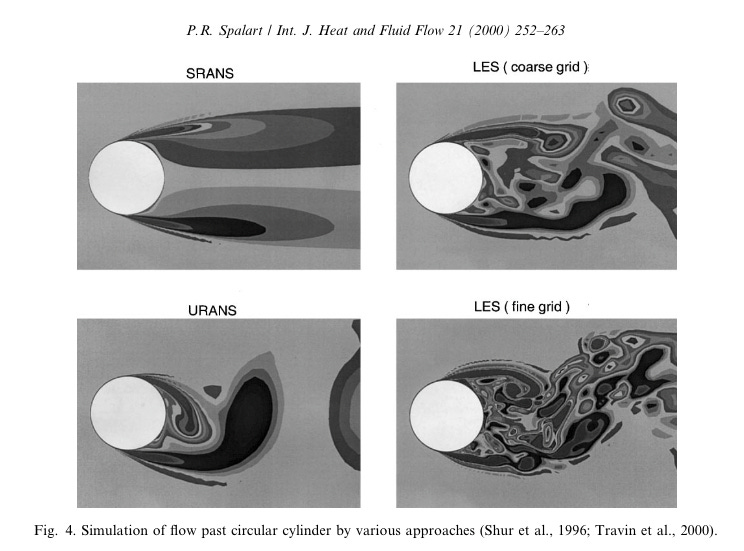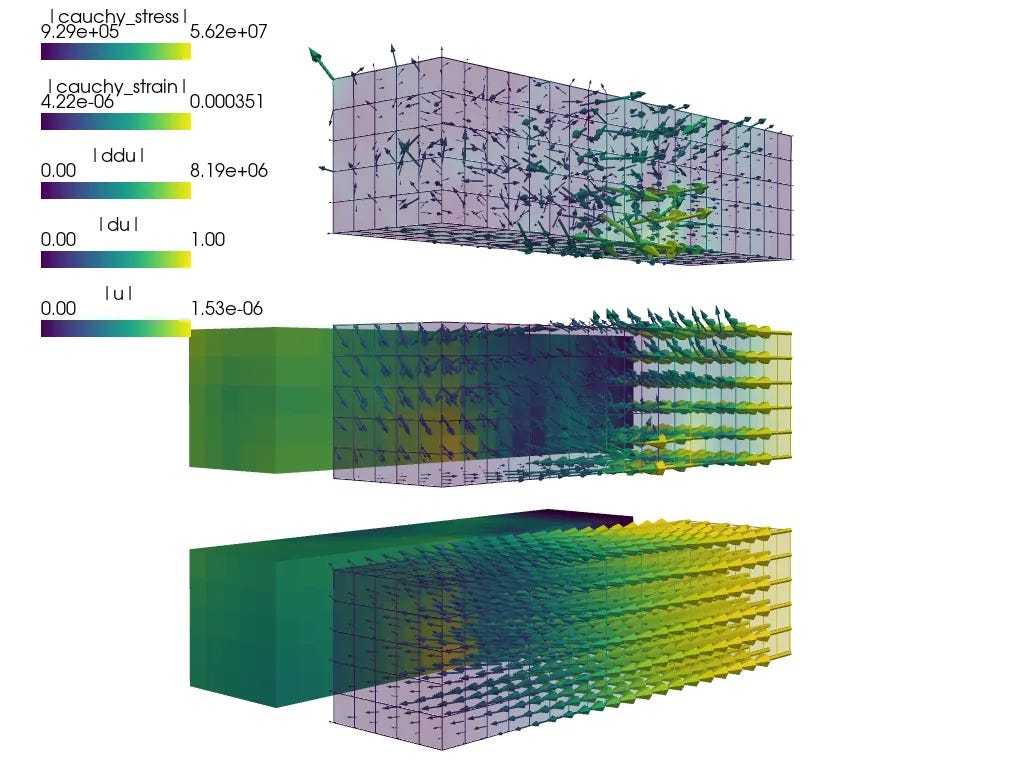Lattice Boltzmann by pacefish, Next-Gen Meshing by IANUS & Machine Learning to Enhance CFD
Fail. Learn. Repeat. 🧠
💻 Inspiring talk by Eugen Riegel about pacefish®
A GPU-powered CFD solver that’s transforming how engineers simulate complex flows.
🔹 Massive speed-ups: transient simulations in hours, not days
🔹 Seamless scaling with billions of cells
🔹 High-fidelity physics: vortex shedding, turbulence, dynamic flow behavior
If you missed our podcast from 3 (!!) years ago:
🚀 Free Webinar - Next-Gen Meshing Technology at IANUS
Meshing is at the core of every successful CFD simulation, and at IANUS Simulation, we’ve engineered a dual-path approach to meshing that delivers both control and automation. This webinar introduces two powerful meshing technologies used at IANUS: our formula-based programmable mesh generation and our robust CAD-driven automatic meshing pipeline. Learn how this dual-path approach to meshing empowers engineers to build high-quality meshes for even the most demanding applications - either through complete control with Python scripting or automation with cfMesh/CF-MESH+ integration. Get a first-hand look at how we combine precision and scalability in the cloud.
🌎 The Finite Element Method (FEM) – A Beginner's Guide
Get a simple introduction to the Finite Element Method (FEM), how a Finite Element Analysis (FEA) workflow looks like and how it is used in the industry.
🧠 Strategies for Turbulence Modelling and Simulations
This is a paper by P.R. Spalart that clarifies and size up the many levels possible for the numerical prediction of a turbulent flow, the target being a complete airplane, turbine, or car.
🤓 Wave Equation
The wave equation is a partial differential equation that describes the propagation of various types of waves.
The equation appears throughout many fields in physics, including acoustics, fluid dynamics, electromagnetism, and quantum mechanics.
The one-dimensional equation was first discovered by d’Alembert in 1746 as he studied how vibrations propagated through a string, and the two- and three-dimensional equations were solved soon after by Euler during his study of acoustics.
💦 The Potential of Machine Learning to Enhance Computational Fluid Dynamics
Machine learning is rapidly becoming a core technology for scientific computing, with numerous opportunities to advance the field of computational fluid dynamics. This paper highlights some of the areas of highest potential impact, including to accelerate direct numerical simulations, to improve turbulence closure modelling, and to develop enhanced reduced-order models.
🎬 Video of the Week
💻 Engineering Tool of the Week – SfePy: Simple Finite Elements in Python
SfePy is a software for solving systems of coupled partial differential equations (PDEs) by the finite element method in 1D, 2D and 3D. It can be viewed both as black-box PDE solver, and as a Python package which can be used for building custom applications. The word “simple” means that complex FEM problems can be coded very easily and rapidly.
📚Book of the Week
Notes on Computational Fluid Dynamics: General Principles
Notes on Computational Fluid Dynamics (CFD) was written for people who use CFD in their work, research or study, providing essential knowledge to perform CFD analysis with confidence. It offers a modern perspective on CFD with the finite volume method, as implemented in OpenFOAM and other popular general-purpose CFD software.
Let’s connect on Instagram or LinkedIn!
For any business-related issues or collaborations, email me at support@jousefmurad.com!
Keep engineering your mind! 🧠
Jousef









